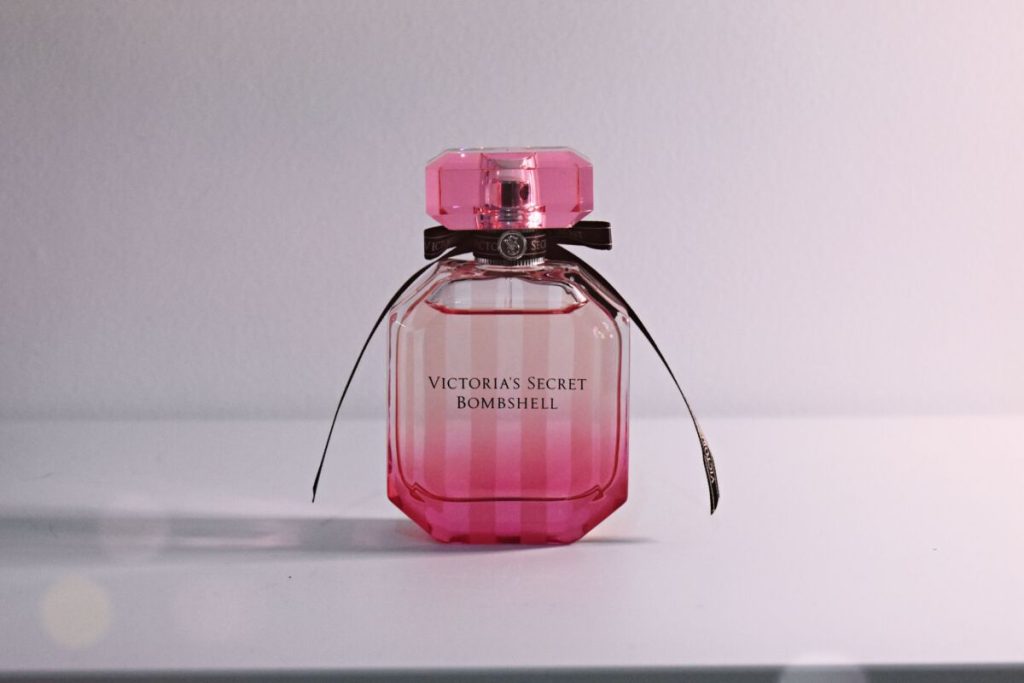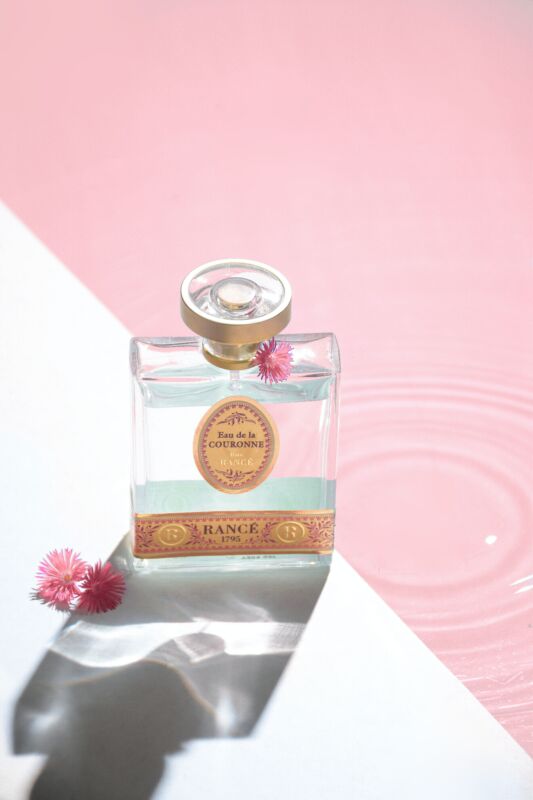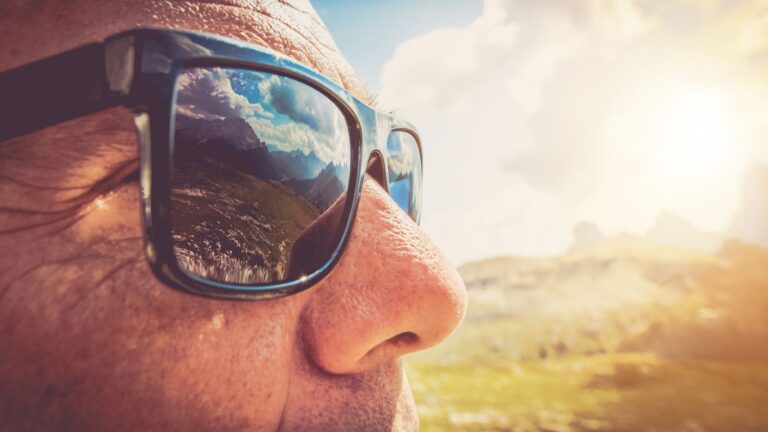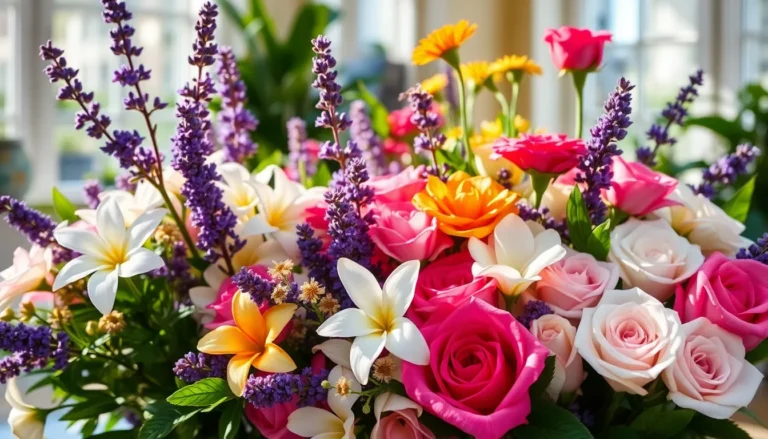7 Different Types Of Perfume
As a Beauty Advisor with over 5 years of experience, I’ve had the pleasure of experiencing a wide variety of fragrances. There’s something magical about the art of perfume-making. The ability to evoke memories and emotions through scent is remarkable. In this article, I’ll be breaking down the most popular types of perfume and fragrances.
What is Fragrance?
Contents

In the beauty industry, fragrance is an umbrella term for any product that emits a pleasant scent. This includes perfumes, colognes, body sprays, and more. Fragrance compositions typically contain essential oils, aroma compounds, fixatives, and solvents like alcohol and water.
There are 5 major fragrance categories based on scent notes:
- Floral – fragrances dominated by flower scents like rose, jasmine, violet
- Fruity – fragrances that smell like fruits such as peach, berries, citrus
- Oriental – fragrances with warm, spicy notes like vanilla, cinnamon, frankincense
- Woody – earthy, outdoorsy fragrances with smells like pine, sandalwood, cedar
- Citrus – bright, zesty fragrances with lemon, grapefruit, bergamot notes
What is Perfume?
Perfume is the most concentrated form of fragrance, typically consisting of 15-40% aromatic compounds. It’s meant to provide a lasting scent for personal use. The higher concentration means perfume contains a higher ratio of essential oils to alcohol/water.
Compared to colognes and body sprays, perfume offers a much stronger, longer-lasting fragrance. The terms perfume and parfum are often used interchangeably in the fragrance world.
Types of Perfume
Perfumes and fragrances are classified into types based on their aromatic concentration. Higher concentrations mean a stronger, longer-lasting scent. Here are the major perfume and fragrance types ranked from highest to lowest potency:
- Parfum/Perfume (15-40% fragrance oils)
- Eau de Parfum (10-20% fragrance oils)
- Eau de Toilette (5-15% fragrance oils)
- Eau de Cologne (3-8% fragrance oils)
- Eau Fraiche (1-3% fragrance oils)
- Perfume Oils
- Body Mists
Parfum/Perfume
As mentioned earlier, parfum and perfume are interchangeable terms referring to the most concentrated fragrance solution. With a concentration between 15-40%, parfums offer the strongest, longest-lasting scent. A few dabs are all you need with parfum to smell wonderful all day or night.
Pros:
- Very strong, enduring scent
- Widest range of fragrance options
- Often more affordable than pure perfume
Cons:
- Can cause headaches or irritations for some
- May contain hidden synthetic chemicals
- Scent fades faster on dry skin types
Eau de Parfum
Eau de parfum, sometimes abbreviated as EdP, contains a moderate perfume concentration between 10-20%. This makes it slightly weaker than parfum, but still longer-lasting than other fragrance types. Eau de parfums offer excellent scent projection.
Pros:
- Stronger scent than EDTs or colognes
- Wide variety of fragrance options
- More affordable than parfum
Cons:
- Can cause headaches or irritations for some
- May contain hidden synthetic chemicals
- Scent wears off faster on dry skin types
Eau de Toilette
Eau de toilette, or EDT, has a perfume concentration between 5-15%. This makes it lighter than parfum or EDP. EDTs project scent nicely but have less longevity. They work well for daytime use when you’re active and don’t need overwhelming fragrance.
Pros:
- Light, fresh fragrances suitable for everyday
- More affordable and versatile than richer perfumes
- Provide a nice contrast to heavy perfumes
Cons:
- Require more frequent reapplication
- Can cause allergy symptoms in sensitive skin types
- Scent wears off within a few hours
Eau de Cologne
Eau de cologne, abbreviated as EdC, contains a low perfume concentration between 3-8%. It was originally formulated in Cologne, Germany as a unisex fragrance. EdCs have light citrus-floral notes perfect for daytime refreshment.
Pros:
- Refreshing, laidback daytime scents
- Confidence boost from wearing fragrance
Cons:
- Can dry out certain skin types
- Harsher scent on skin than other perfumes
- Considered masculine by some wearers
Eau Fraiche
Eau fraiche has the lowest perfume concentration, between 1-3%. It provides subtle, light fragrance that wears close to the skin. Eau fraiches don’t last more than an hour or two before fading away.
Eau fraiche works nicely for a breezy, understated scent in the warmer months. However, it won’t last through evening events. Stick to EDT or parfum if you need nighttime endurance.
Perfume Oils
Perfume oils are concentrated oil-based perfume solutions. They contain essential oils diluted in carrier oils like jojoba, coconut, or almond. The oils help fragrances last longer on the skin. A little goes a long way with perfume oil. Many natural and organic fragrances come in oil form.
Body Mists
Body mists or sprays have lower fragrance concentrations than cologne. They provide light, fruity-floral scents and help hydrate skin. Many body mists rely on natural ingredients like essential oils. They offer refreshing fragrance that unfortunately fades faster than other perfume types.
How to Choose the Right Perfume

With so many options, choosing a perfume can feel overwhelming! Keep these tips in mind:
- Focus on fragrance categories you enjoy like florals or woodsy scents
- Consider your skin type and pH when sampling fragrances
- Take your time testing perfumes before committing to a bottle
- Store perfumes properly to maintain scent integrity
Trust your nose to guide you to that perfect signature scent. Don’t be afraid to experiment until you find a fragrance that makes you feel confident and beautiful!
Final Thoughts
I hope this guide gave you a helpful breakdown of the major perfume and fragrance types. There’s an endless world of scents to explore and enjoy. Take your time sampling different perfumes. Finding your signature fragrance should be a fun journey of self-discovery!

Founded by Sophia Rodriguez, IGXO Cosmetics is a PETA-certified, cruelty-free, and vegan makeup brand.





